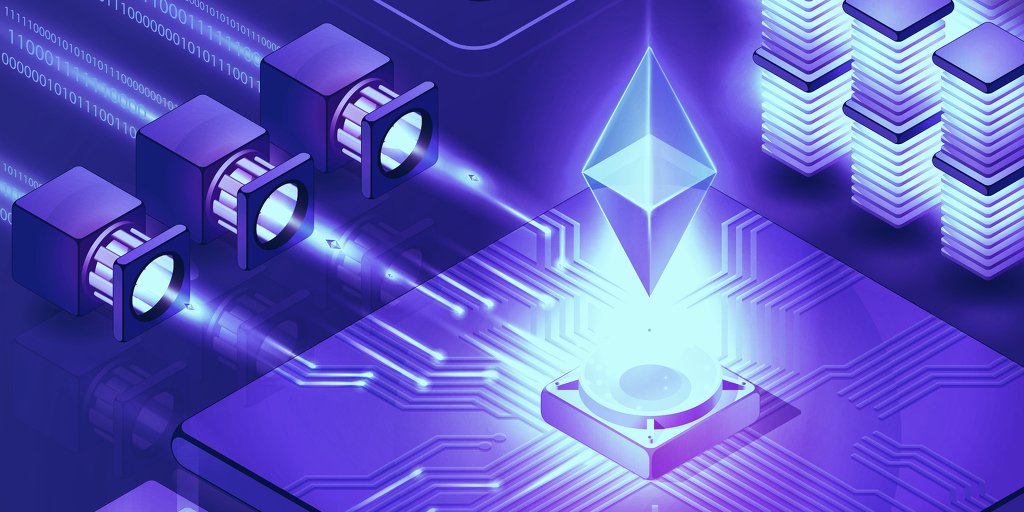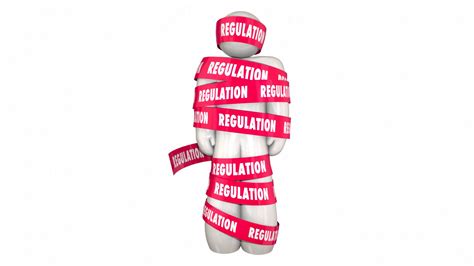“I ultimately got into robotics because for me, it was the best way to study intelligence.” -Sebastian Thrun
In the ever-evolving landscape of technology, one marvel stands out as a beacon of human ingenuity and progress: robotics. The journey of robotics is a tale that intertwines with the very fabric of our technological advancement, reshaping industries, economies, and societies in profound ways. As we stand on the cusp of an even more automated future, it’s imperative to reflect on the origins, impacts, and the thrilling possibilities that lie ahead.
The Birth of Robotics: From Myth to Mechanism
The concept of robotics isn’t a modern phenomenon. It traces back to ancient times, with myths and legends hinting at artificial beings. Greek mythology spoke of Talos, a giant automaton created by Hephaestus to protect Crete. However, the seeds of modern robotics were sown much later.
Fast forward to the Renaissance, and we see Leonardo da Vinci sketching the plans for a mechanical knight in the late 15th century. This early envisioning laid the groundwork for future innovations. Yet, it wasn’t until the 20th century that robotics truly began to take shape. The term “robot” itself was coined by Czech writer Karel Čapek in his 1920 play R.U.R. (Rossum’s Universal Robots), depicting a dystopian future where robots overthrow their human creators.
The mid-20th century saw significant strides with the development of programmable computers. In 1956, George Devol and Joseph Engelberger introduced Unimate, the first industrial robot. This mechanical arm revolutionized manufacturing, particularly in the automotive industry, heralding the beginning of the automation era.
The Impact of Robotics: A Revolution in Progress
Robotics has since permeated nearly every sector, bringing about unprecedented changes. In manufacturing, robots have taken over repetitive and hazardous tasks, enhancing efficiency and safety. The automotive industry, for instance, relies heavily on robotics for assembling vehicles, leading to consistent quality and faster production times.

Healthcare has also been transformed. Surgical robots, such as the Da Vinci Surgical System, allow for minimally invasive procedures with greater precision, reducing recovery times and improving patient outcomes. In addition, robotic prosthetics are giving individuals with disabilities new levels of mobility and independence.
The service industry isn’t left behind. Robots are now cleaning our homes, delivering packages, and even flipping burgers. Companies like Amazon and FedEx are investing heavily in robotics to streamline logistics and delivery systems. The pandemic further accelerated the adoption of robotics, highlighting their potential in maintaining operations amidst human limitations.
The Future of Robotics: Boundless Possibilities
Looking ahead, the future of robotics is brimming with possibilities, primarily driven by advancements in artificial intelligence (AI) and machine learning. Robots are becoming more autonomous, capable of learning from their environments and making decisions with minimal human intervention.
One of the most promising areas is collaborative robots, or cobots, designed to work alongside humans. These robots are enhancing productivity without replacing human jobs, striking a balance between automation and human touch.

In the realm of AI, robots are being equipped with sophisticated algorithms that enable them to understand and interact with their environment in ways previously thought impossible. For instance, Boston Dynamics’ Spot robot can navigate complex terrains, perform inspections, and even assist in search and rescue missions.
Space exploration is another frontier where robotics is set to play a crucial role. NASA’s Perseverance rover is currently exploring Mars, gathering data that could unlock the secrets of the Red Planet. Future missions might see robots constructing habitats for human explorers, paving the way for sustained extraterrestrial presence.
Moreover, ethical and societal considerations are gaining prominence. As robots become more integrated into our lives, questions around job displacement, privacy, and security are becoming critical. Policymakers, technologists, and ethicists must collaborate to ensure that the rise of robotics benefits all of humanity, mitigating potential risks.
Embracing the Robotic Revolution
The history of robotics is a testament to human innovation and resilience. From ancient myths to contemporary AI-driven machines, robots have come a long way, continuously pushing the boundaries of what’s possible. As we move forward, embracing the robotic revolution requires a balanced approach—one that harnesses the immense potential of robotics while addressing the ethical and societal challenges it brings.




